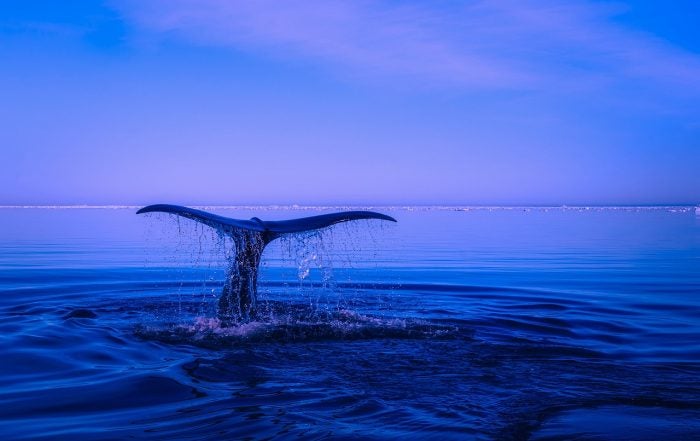Home » Posts tagged '3d printed hydrogel bioreactors'
Tag Archives: 3d printed hydrogel bioreactors
First steps in the development of small-scale 3D printed hydrogel bioreactors for protein production in space travel
By Maya Mysore, Laura Ballou, Anna Rita Moukarzel, Alex Cherry, David Duronslet, Lisette Werba, Nathan Tran, Hannah Mosheim, Stephen Curry, Simon Coelho Advisors: Kantharakorn Macharoen, Matthew McNulty, Andrew Yao, and Dr. McDonald, Dr. Nandi, and Dr. Facciotti Author’s Note: My name is Maya Mysore, and I am a team lead on the BioInnovation Group’s […]

